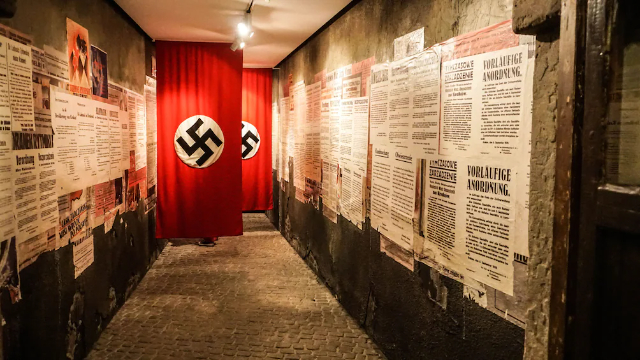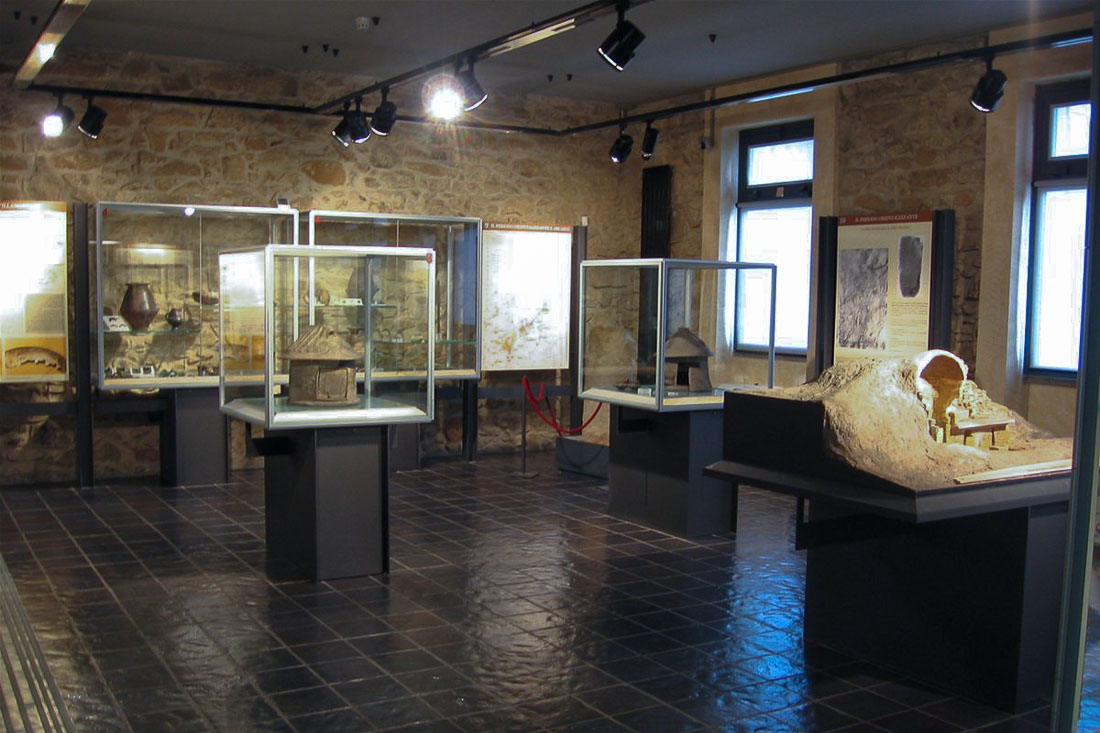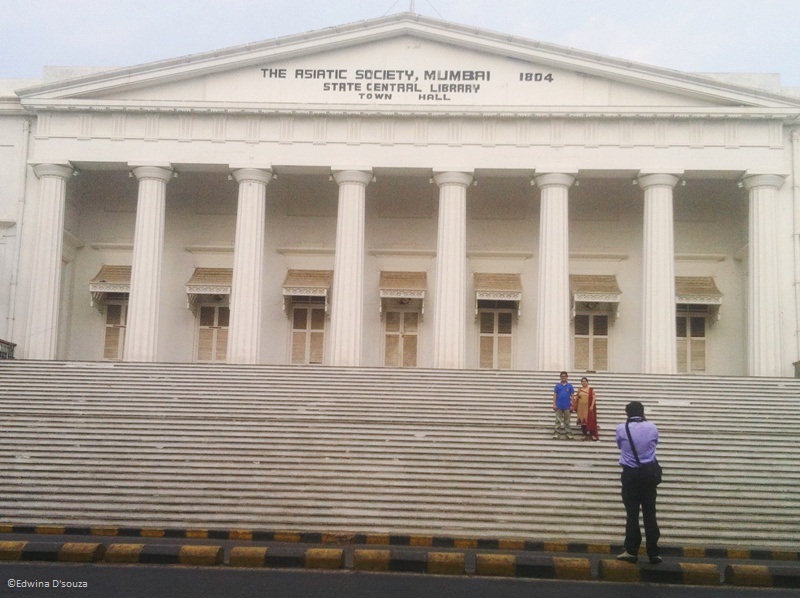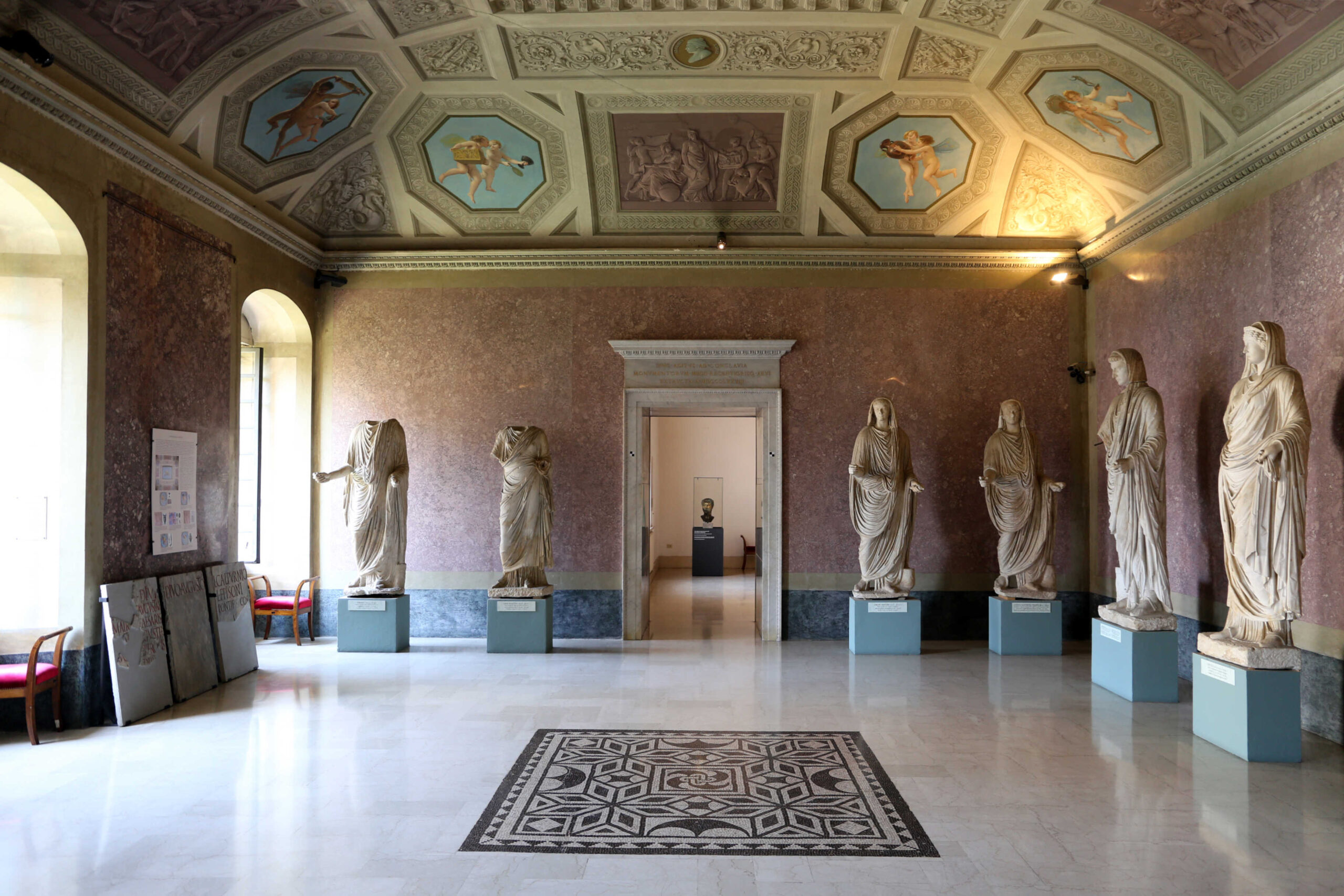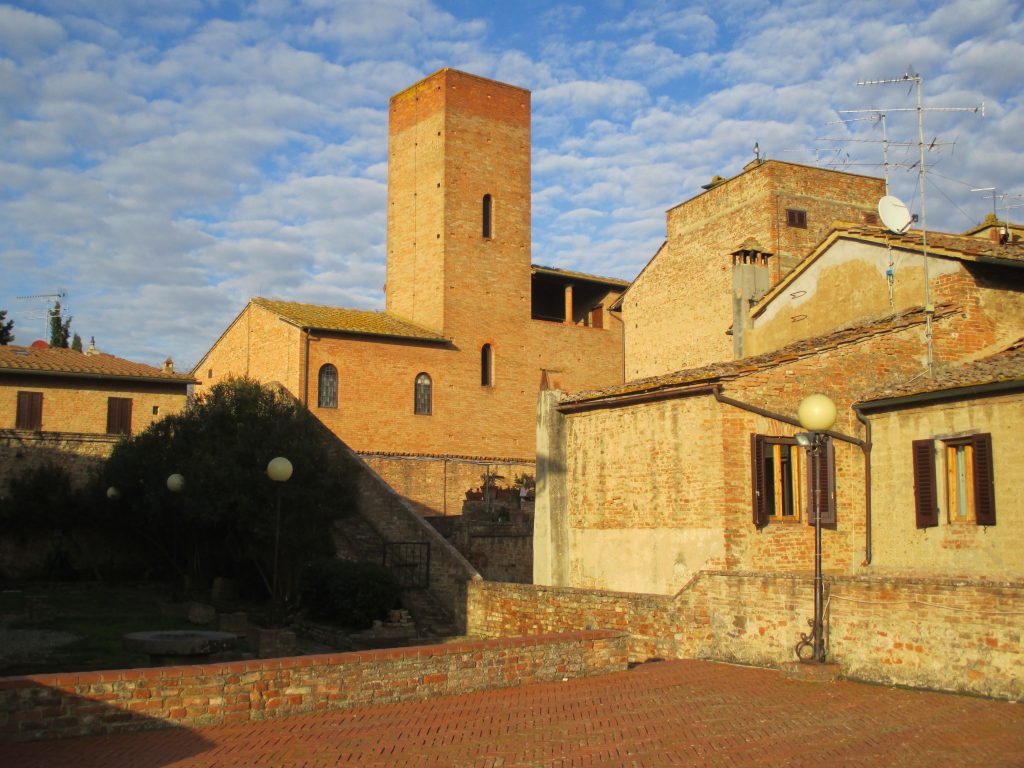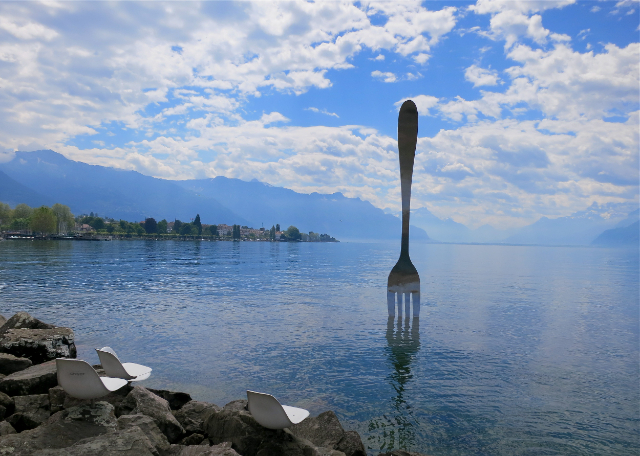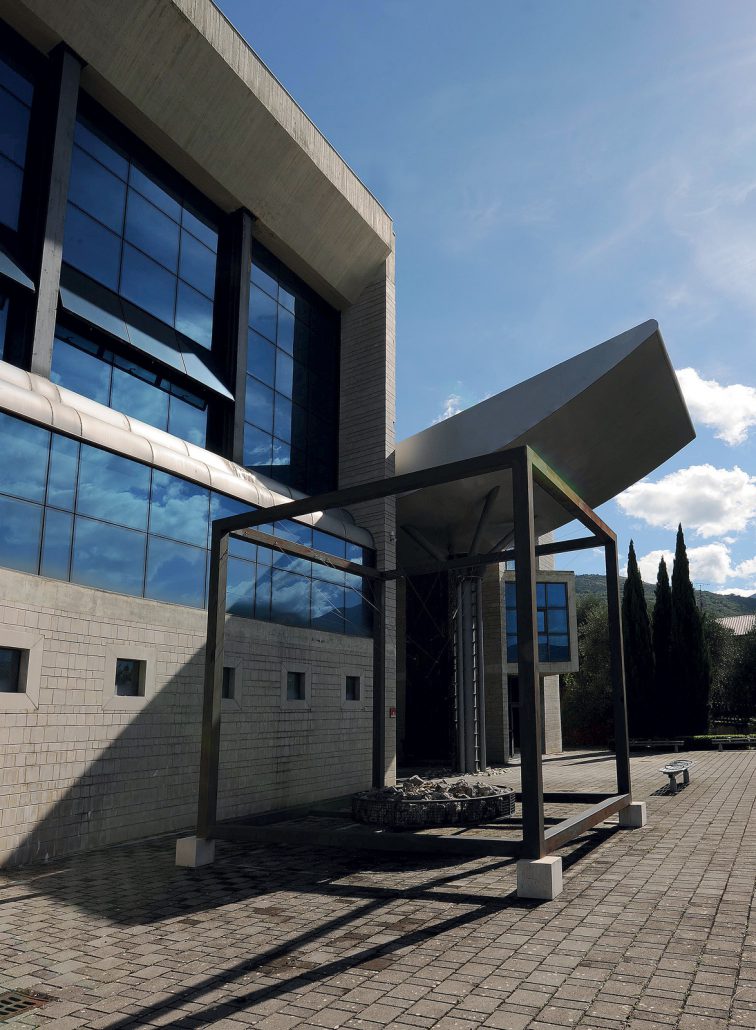The former Oskar Schindler’s Enamel Factory, now transformed into a poignant and captivating museum, stands as a vital testament to the harrowing experiences of Kraków under Nazi Occupation from 1939 to 1945. This exhibition, which is amongst the most significant and compelling in Krakow, brilliantly encapsulates the individual and collective struggles faced by Polish citizens during the throes of World War II.
An indispensable visit for anyone with even a cursory interest in history, this museum poignantly recounts Krakow’s turbulent history during World War II. It delves into the lives of residents inundated with Nazi propaganda, the harrowing existence of Jews in the ghetto, and the sheer terror that war inflicted upon its victims. The creators of this exhibition have masterfully encapsulated the multifaceted adversities that people endured during these dark times.
The museum’s design is a feat of ingenuity and detailed curation. Each of its 45 rooms is meticulously crafted to mirror specific locations – from streets and hairdresser’s salons to labor camps and railway stations, immersing visitors in a vivid, historical journey. This approach keeps visitors engaged throughout their visit, turning the museum into a dynamic and endlessly fascinating historical narrative. It’s akin to stepping into a living history lesson.
But let’s rewind to the beginning…
Schindler’s Factory in Krakow – Essential Information
Who was Oskar Schindler? Oskar Schindler, a German entrepreneur and NSDAP member, lived from 1908 to 1974. He is renowned for saving around 1,200 Jews during the Holocaust by employing them in his factories, thereby shielding them from the atrocious conditions and looming death in Nazi labor camps. One such factory was located in what is now the Zabłocie district of Krakow.
“I knew the people who worked for me. When you know people, you have to behave towards them like human beings.” ~ Oskar Schindler
Schindler’s story gained international recognition through Steven Spielberg’s acclaimed film “Schindler’s List” (1993), where Liam Neeson portrayed Schindler, bringing his heroic deeds to the global audience’s attention. Since then, his former factory has become a pilgrimage site for tourists worldwide.
Did you know… The novel “Schindler’s Ark,” the basis for the famous “Schindler’s List,” was penned by Thomas Keneally in 1982, winning the Booker Prize!
What is Schindler’s Factory? Today, the premises of Schindler’s Factory house two museums: MOCAK (Museum of Contemporary Art in Kraków) and the Schindler’s Factory Museum. Historically, this site was a bustling factory under Oskar Schindler, serving as a workplace sanctuary for numerous Jews during the Nazi occupation.
What was manufactured at Schindler’s Factory? Originally producing enamelware, Schindler’s factory later expanded to making mess kits and ammunition shells for the German war effort, ensuring its recognition as a critical wartime industry.
The Name of Schindler’s Factory In Polish, it’s known as Fabryka Emalia Oskara Schindlera, while the original German name was Oskar Schindler’s Deutsche Emailwarenfabrik (DEF).
Post-War Era of Schindler’s Factory After World War II, from 1948 to 2002, the factory buildings were used by Krakowskie Zakłady Elektroniczne Unitra-Telpod (later: Telpod S.A.), a company producing telecommunications equipment.
Today, as noted, these buildings are home to two significant museums: MOCAK, a beacon of contemporary art, and the Schindler’s Factory Museum, dedicated to chronicling Krakow’s story under Nazi occupation.
Is Schindler’s Factory a Must-Visit? Unquestionably, YES. It’s a place of profound historical significance and emotional impact, offering invaluable insights into one of history’s darkest chapters.
“I hated the brutality, the sadism, and the insanity of Nazism. I just couldn’t stand by and see people destroyed. I did what I could, what I had to do, what my conscience told me I must do. That’s all there is to it. Really, nothing more.” ~ Oskar Schindler

